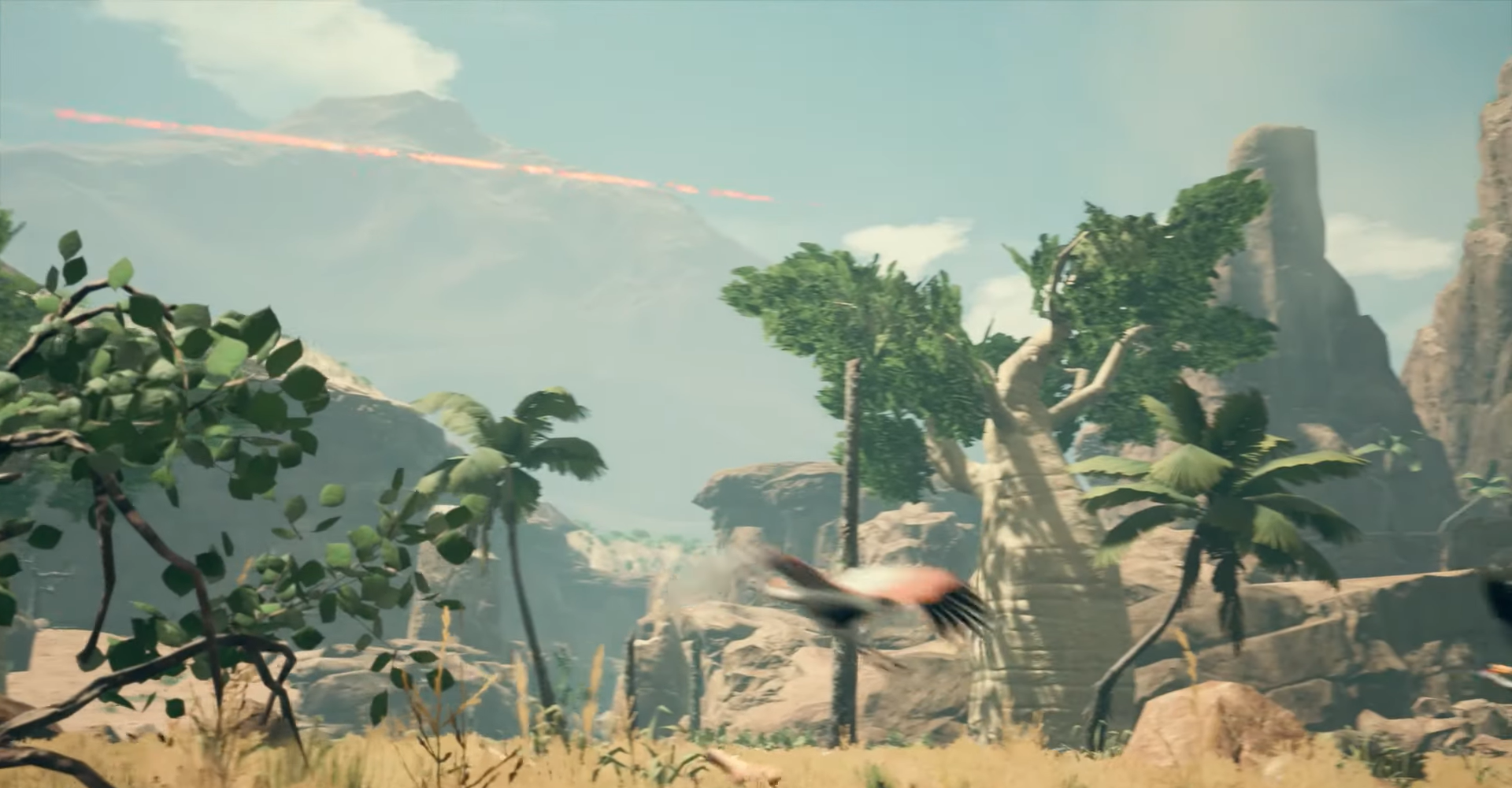

Wallis1 and Anil Samaranayake+3ġBuckingham Centre for Astrobiology, University of Buckingham, Buckingham, UKĢSchool of Mathematics, Cardiff University, Cardiff, UKģMedical Research Institute, Colombo, Sri Lanka Abnormally high abundances of As and Ag in the Sri Lankan red rain cells have been provisionally reported, thus favouring a non-terrestrial habitat, possibly connected with a cometary/asteroidal body, the fragmentation of which led to the Polonnaruwa meteorite fall (Samaranayake and Wickramasinghe, 2012).įOSSIL DIATOMS IN A NEW CARBONACEOUS METEORITE

Preliminary studies from EDX analysis show that these cells are similar to the cells found in the red rain of Kerala that fell in 2001, cells that have not yet been identified with any known terrestrial organism (Louis and Kumar, 2006 Gangappa et al, 2010). The red rain analysed at the MRI in Colombo has been shown to contain red biological cells that show viability as well as motility. A remarkable coincidence that should be noted is that within several days of the meteorite fall, an extensive region around the site of the fall experienced an episode of red rain. …the parent body of the Polonnaruwa meteorite would have had most of its interior porous volume filled with water, volatile organics and possibly viable living cells. So, the jury is still out on the journal, though the scientist gets a +1. Hoyle’s greatest achievement was to co-author the epoch-making paper that explained in quantitative detail how all elements heavier than Lithium are formed in our universe. Hoyle coined the ‘derogatory’ term The Big Bang. I assume you know Hoyle’s theory of continuous creation of matter at just the right rate to make the Universe expand as we observe it in order to keep the density constant. Wickramasinghe is a credible scientist, student and long-time collaborator of Fred Hoyle. It is difficult for a layman to sort the wheat from the abundant chaff.

The kind of stuff that gets trotted out at WUWT by our resident asking us to ‘open our minds’. Several good scientists that I know personally have published in the Journal. Leif Svalgaard what he thought of it:Ĭredible? Yes and No. Further, this is a (supposedly) peer reviewed paper in the Journal of Cosmology, just published, but looking at the Journal of Cosmology, I have some doubts about its veracity. It looks convincing, and the paper says: “ Contamination is excluded by the circumstance that the elemental abundances within the structures match closely with those of the surrounding matrix.“, but I remain skeptical of the claim.Īt first I thought this was somebody mistaking a Tektite (Earthly origin ejecta from impact that makes it into space briefly) but this meteorite found in Sri Lanka does not appear to fit that category, being a chondrite. Look at what the electron microscope shows of a sample purported to be from the meteorite: A large fire ball was seen by a large number of people in Sri Lanka on December 29th 2012, during that episode a large meteorite disintegrated and fell to Earth in the village of Araganwila which is few miles away from the city of Polonnaruwa. This is from a recent meteorite find in December 2012. This needs to be confirmed by others in the science community before it can be taken seriously. I would remind readers that “ extraordinary claims require extraordinary evidence“. This looks to be a huge story, the first evidence of extraterrestrial life, if it holds up.


 0 kommentar(er)
0 kommentar(er)
